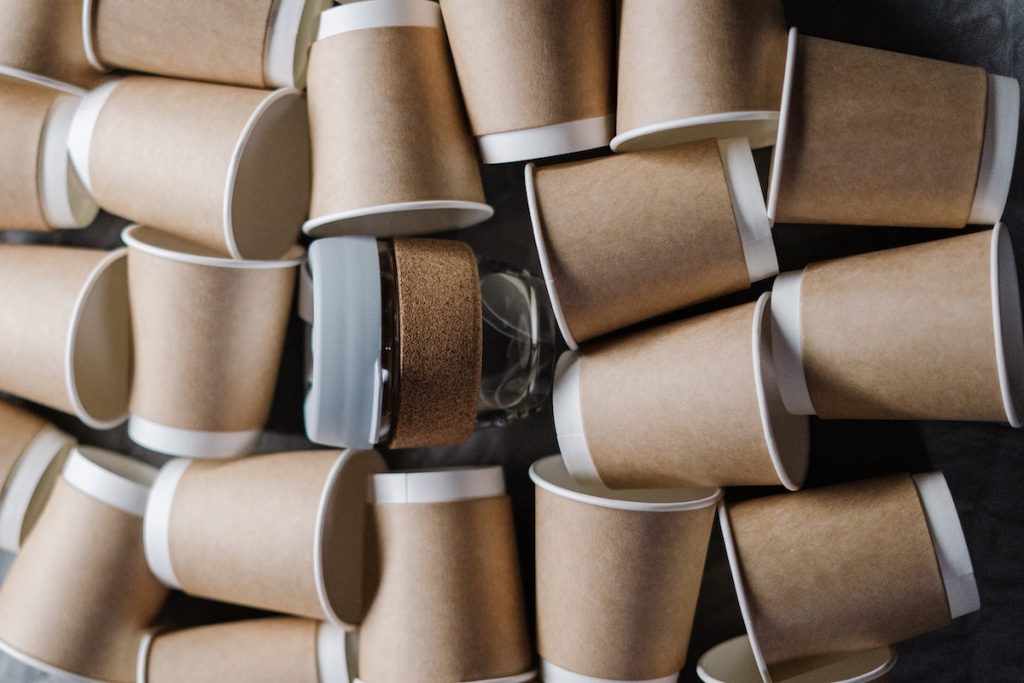
Aqueous lining refers to the use of water-based coatings or liners on the inside of paperboard or corrugated boxes. These coatings can provide various benefits such as enhanced strength, moisture resistance, and improved printability.
Aqueous coatings used in packaging are typically made from a blend of water, polymers, and other additives. They are applied to the surface of the box using various methods, such as roll coating or spraying, and then dried to create a protective layer.
One of the most common uses of aqueous lining in packaging is for food and beverage containers. The coatings can help to prevent moisture and oil from seeping through the packaging, keeping the contents fresh and reducing the risk of contamination. They can also improve the printability of the packaging, allowing for high-quality graphics and branding to be applied to the surface.
Aqueous lining can also be used to improve the structural integrity of packaging, providing additional strength and durability. This can be particularly useful for products that need to be shipped long distances or stored for extended periods of time.
Overall, aqueous lining is a versatile and cost-effective way to enhance the performance and aesthetics of paperboard and corrugated packaging, making it an important technology in the packaging industry.
